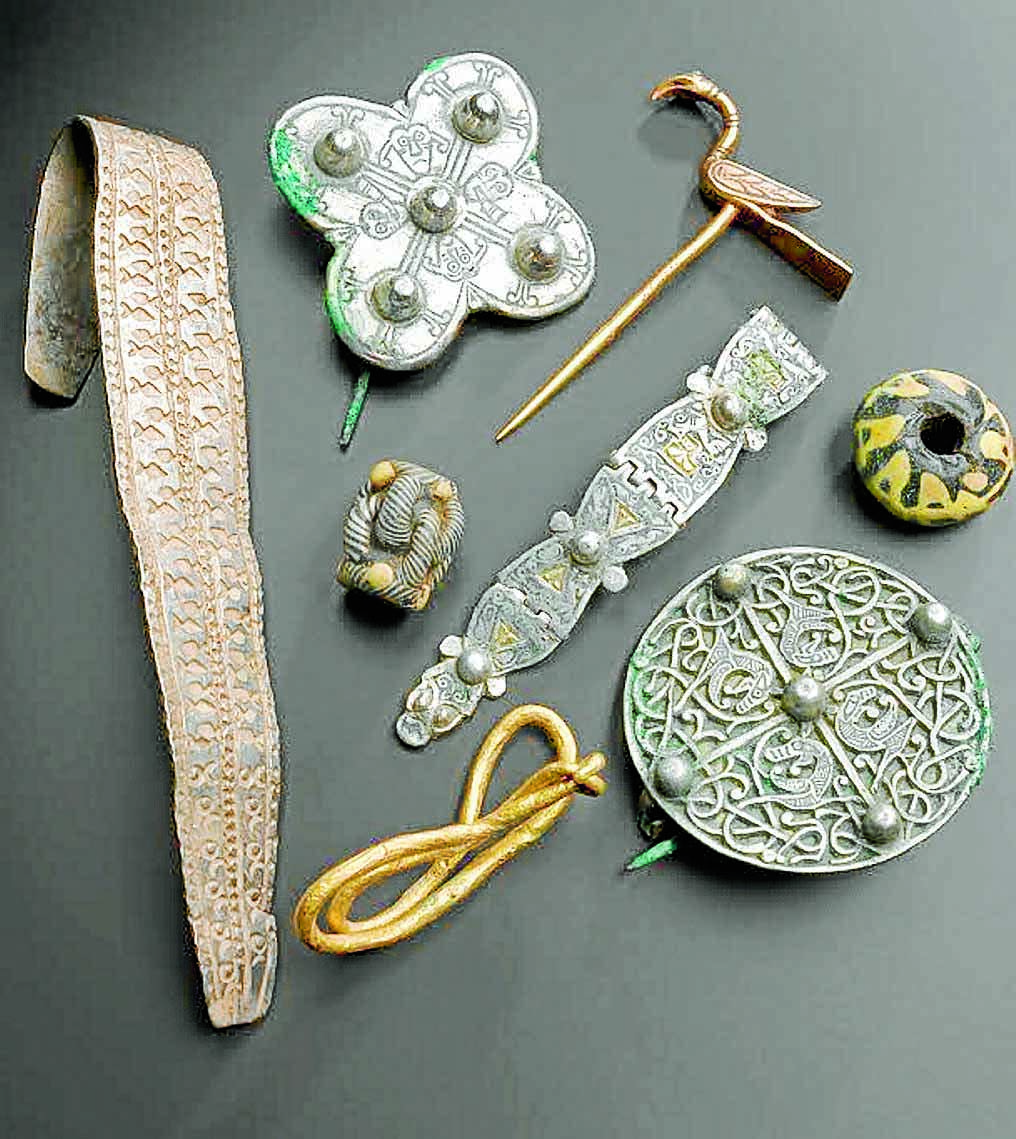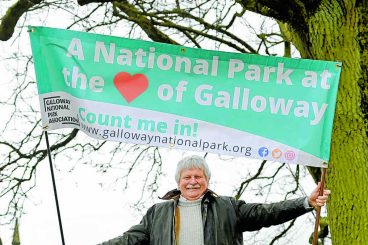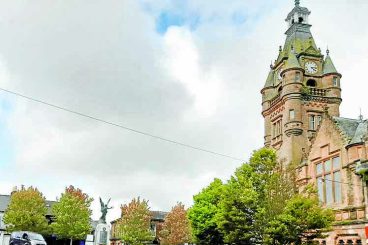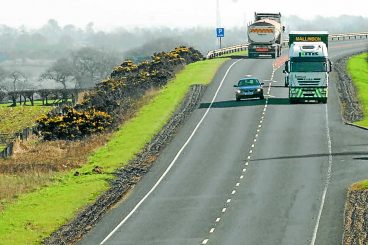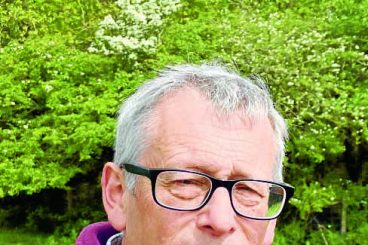‘LANDSCAPES of the Galloway Hoard’ was the subject of the latest, well attended, meeting of Dumfriesshire and Galloway Natural History and Antiquarian Society (D&G Heritage)
The speaker was Orla Craig and her talk was based on research carried out at Glasgow University for her recently-completed doctoral thesis.
The discovery of the Galloway Hoard in 2014 was arguably the archaeological event of the century in Galloway — and perhaps in the whole of Scotland. Many will have marvelled at the exquisite artefacts discovered, either at lectures or at the exhibition in Kirkcudbright last year. But such a stunning discovery needs to be put into context: who was living in this part of Galloway at the time? What was going on? And why were these objects buried? It was these important questions that Orla Craig most ably addressed in her excellent lecture.
The hoard was discovered near Balmaghie in the Ken-Dee valley, and is thought to date from around 900AD. The site has not yet received a full archaeological investigation, but some limited work has revealed post holes, thought to indicate the presence of a timber house, which may well have been decorated externally, and possibly replaced an earlier building on the same site. The actual site where the hoard was buried would have been within the timber hall rather than outdoors.
This part of Galloway had previously been under Northumbrian control (the timber hall was of Northumbrian style), but at the time of the hoard their power was declining and they no longer controlled the area west of the River Cree. However, this was the time of the so-called Galloway Dark Age (837-1126AD) for which there is very little archaeological or documentary information, making it difficult to build a contemporary historical picture.
Nevertheless, Norse place names, Scandinavian-type burial sites, and the very limited documentary evidence all point to Scandinavian (i.e. Viking) control.
There are thought to have been two waves of Scandinavian arrival: the first came directly to what is now the south Stewartry, while the second arrived in the Wigtownshire area via Ireland, as evidenced by differences in the type of artefacts found, and in the stone crosses in the two areas. Importantly, the western area was politically quite stable at the time, whereas the area around Balmaghie was less stable, with changes occurring in estate boundaries.
Orla admitted it’s still not known why the hoard was buried. She suggested the political instability might mean that social unrest caused these valuable objects to be hidden. But the fact that the hoard is thought to have consisted of different lots of artefacts, perhaps with different owners, and was buried inside the timber hall, might suggest a more orderly event. Could it have been the ‘Dark Age’ equivalent of a bank safe deposit box?
Further information can be found on the society’s website, www.dgnhas.org.uk





